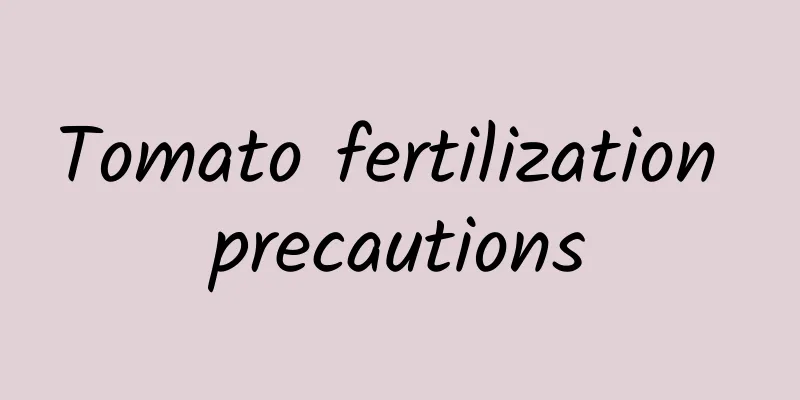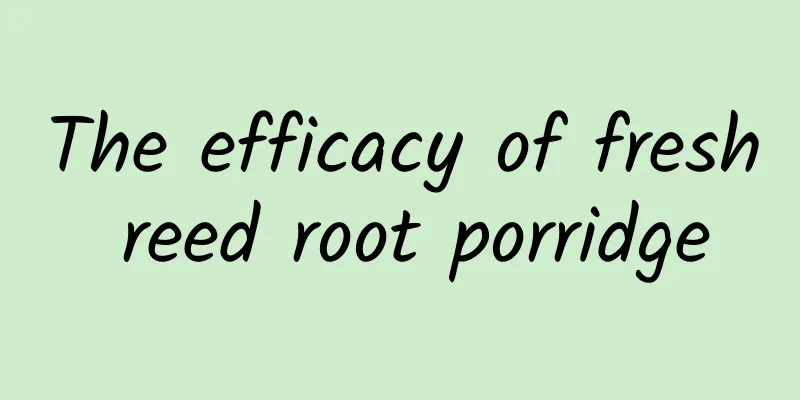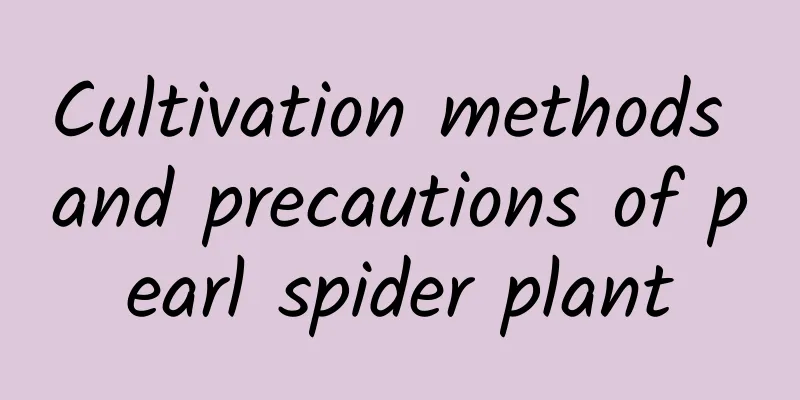Tomato fertilization precautions

|
In order to make tomatoes grow healthily, fertilization is a very important link, so how can we do it well? Tomato fertilization introduction:In tomato production, tomatoes should be fertilized in a formula. The production of 100 kg of tomatoes requires 0.4 kg of nitrogen, 0.45 kg of phosphorus, and 0.44 kg of potassium. Based on an output of 5,000 kg per mu, 2,000 kg of high-quality organic fertilizer, 15 kg of ammonium sulfate, 50 kg of superphosphate, and 15 kg of potassium sulfate should be applied to the seedlings as base fertilizer before transplanting. When the first bunch of fruits swells to the size of eggs, the first topdressing should be carried out, and 18 kg of ammonium sulfate, 15 kg of superphosphate, and 16 kg of potassium sulfate should be applied to the seedlings. When the third and fourth bunches of fruits swell to the size of eggs, "fruit fertilizer" should be applied in stages and in a timely manner. At this time, the fertilizer demand is large, and the amount of fertilizer applied should be appropriately increased. 29 kg of ammonium sulfate, 18 kg of superphosphate, and 20 kg of potassium sulfate should be applied per mu each time. The following principles should be followed during the planting process:1. Based on soil fertility conditions and comprehensive consideration of environmental nutrient supply, appropriately reduce the amount of nitrogen and phosphorus fertilizers used. 2. In old vegetable sheds, pay attention to applying more compost containing more straw, and less poultry manure such as chicken manure and duck manure. This can restore soil fertility, replenish carbon dioxide in the shed, and is also beneficial for desalination and alleviating obstacles to continuous cropping. 3. In early spring, the temperature is low and the supply of soil nutrients is slow, so topdressing should be carried out in the early stage. After May, reduce the use of nitrogen fertilizer and increase the use of potassium fertilizer. In early autumn, the temperature is high and the soil has a strong ability to supply organic nutrients, so control is the main focus and do not apply topdressing. 4. It is recommended that fertilization should be closely combined with reasonable irrigation. It is recommended to use sub-film furrow irrigation, drip irrigation, etc. The irrigation area per mu should not exceed 30 square meters each time, and the sandy soil should not exceed 22 square meters. 5. For tomatoes that grow over the winter, you can use the summer break to plant sweet corn, implement reasonable crop rotation, and overcome the obstacles of continuous cropping. |
<<: Physiological diseases of tomato fruit What are the main diseases of tomato
>>: Off-season cultivation techniques for tomatoes
Recommend
How to make wolfberry and black sesame porridge
How much do you know about the recipe of wolfberr...
The efficacy, function and nutritional value of seaweed
A unique algae plant is grown in abundance along ...
Vegetable beef porridge
Do you know some knowledge about vegetable beef 7...
How is ThyssenKrupp Marine Systems? ThyssenKrupp Marine Systems reviews and website information
What is the website of ThyssenKrupp Marine Systems...
Can instant bird's nest be heated? How to heat instant bird's nest
As the pace of life continues to accelerate, more...
Century Egg and Fish Porridge
I believe everyone is familiar with the century e...
The nutritional value of broad beans
Do you know Hu Bean? Do you know its functions an...
How is Tokyo Metropolitan University? Reviews and website information of Tokyo Metropolitan University
What is the website of Tokyo Metropolitan Universi...
How to make sword beans yourself
The nutritional value of sword beans is very high...
How to make delicious quick frozen beans
I believe many people have eaten green beans, but...
What is Franklin Resources? Franklin Resources Reviews and Website Information
What is Franklin Resources? Franklin Resources (NY...
How to make delicious blueberry yam
Blueberry yam is a very popular cold dish in rece...
Cultivation methods and precautions of copper coin grass
The pennywort is one of the common domestic flowe...
How to make delicious shredded pork with dried tofu
The most familiar dried tofu is tofu, which is ca...
How to cultivate jade tree? Cultivation methods and precautions of jade tree
Jade plant is a species of Crassulaceae and is th...









